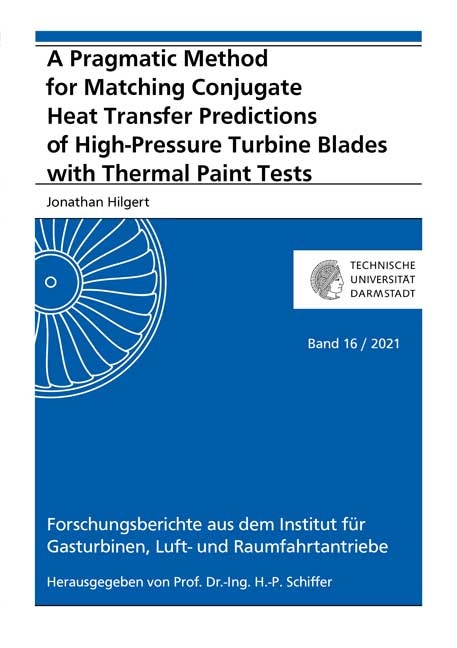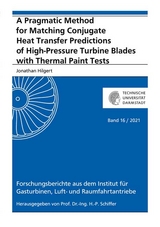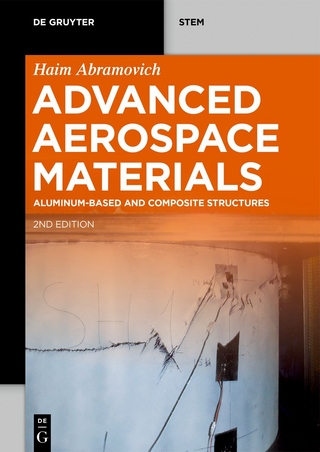A Pragmatic Method for Matching Conjugate Heat Transfer Predictions of High-Pressure Turbine Blades with Thermal Paint Tests
Seiten
- Keine Verlagsinformationen verfügbar
- Artikel merken
The development of novel high-pressure turbine blades necessitates a numerical validation of the cooling design. It has to be ensured that, on the one hand, the thermal loading capacity of the blade material is not exceeded and, on the other hand, that there are no penalties on the thermal efficiency due to the waste of cooling air. Since conventional methods for determining the heat transfer at the blade walls are solely based on fluid simulations, the thermal back coupling between the solid and the fluid is neglected. That is why conjugate heat transfer (CHT) calculations are being employed which couple the fluid side thermal prediction with the thermal conduction of the solid structure.
In this work, the numerical prediction of turbine blades by means of CHT simulations is explored with regard to aero-thermal and numerical uncertainties. The numerical simulations are compared with measurements and thermal paint tests. Based on the deviations between experiment and simulation, a tool is introduced that uses an additional thermal contact resistance to adjust the numerical prediction in order to achieve a match between conjugate heat transfer analysis and experimentally determined temperature values. In this way, the CHT models are made consistent with the measurement data. This helps to generate trustworthy temperature distributions in the material that can be used for life estimations of engine blades.
In this work, the numerical prediction of turbine blades by means of CHT simulations is explored with regard to aero-thermal and numerical uncertainties. The numerical simulations are compared with measurements and thermal paint tests. Based on the deviations between experiment and simulation, a tool is introduced that uses an additional thermal contact resistance to adjust the numerical prediction in order to achieve a match between conjugate heat transfer analysis and experimentally determined temperature values. In this way, the CHT models are made consistent with the measurement data. This helps to generate trustworthy temperature distributions in the material that can be used for life estimations of engine blades.
| Erscheinungsdatum | 15.07.2021 |
|---|---|
| Reihe/Serie | Forschungsberichte aus dem Institut für Gasturbinen, Luft- und Raumfahrtantriebe ; 16 |
| Verlagsort | Düren |
| Sprache | englisch |
| Maße | 148 x 210 mm |
| Gewicht | 366 g |
| Themenwelt | Technik ► Luft- / Raumfahrttechnik |
| Technik ► Maschinenbau | |
| Schlagworte | Conjugate Heat Transfer • Hochdruckturbine • Thermalfarben |
| ISBN-10 | 3-8440-8098-8 / 3844080988 |
| ISBN-13 | 978-3-8440-8098-8 / 9783844080988 |
| Zustand | Neuware |
| Informationen gemäß Produktsicherheitsverordnung (GPSR) | |
| Haben Sie eine Frage zum Produkt? |
Mehr entdecken
aus dem Bereich
aus dem Bereich
Grundlagen, Mathematik, Kartenkunde, leistungsbasierte Navigation
Buch | Softcover (2022)
De Gruyter Oldenbourg (Verlag)
72,95 €
Aluminum-Based and Composite Structures
Buch | Softcover (2023)
De Gruyter (Verlag)
104,95 €
Buch | Hardcover (2020)
AMRA Verlag
26,99 €




![OFFIZIELL GELEUGNET! [Das Buch zur Netflix-Sensation UNACKNOWLEDGED] - Steven M. Greer; Steve Alten](/media/84769341)